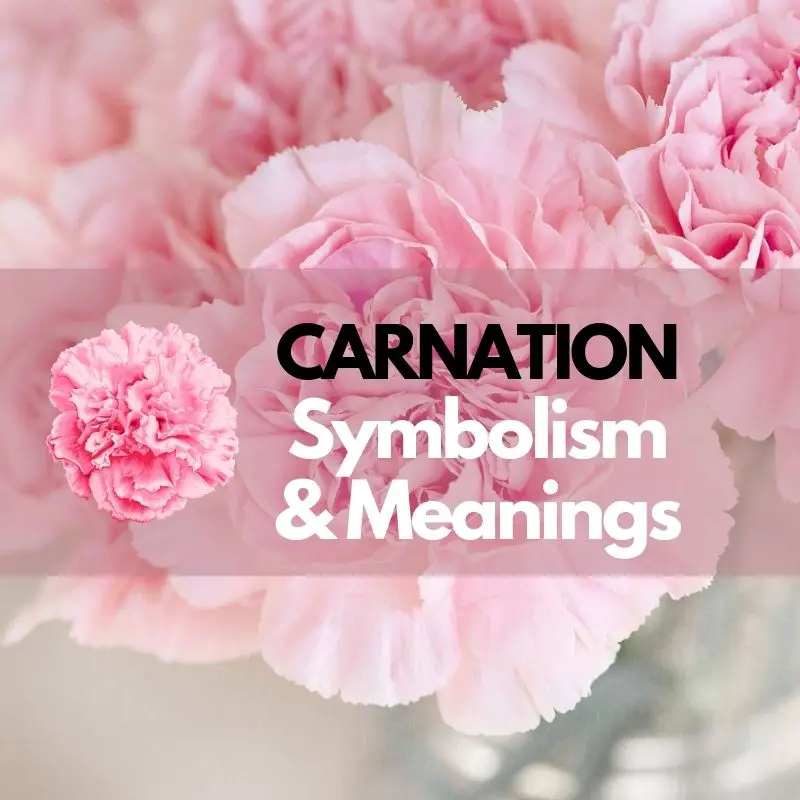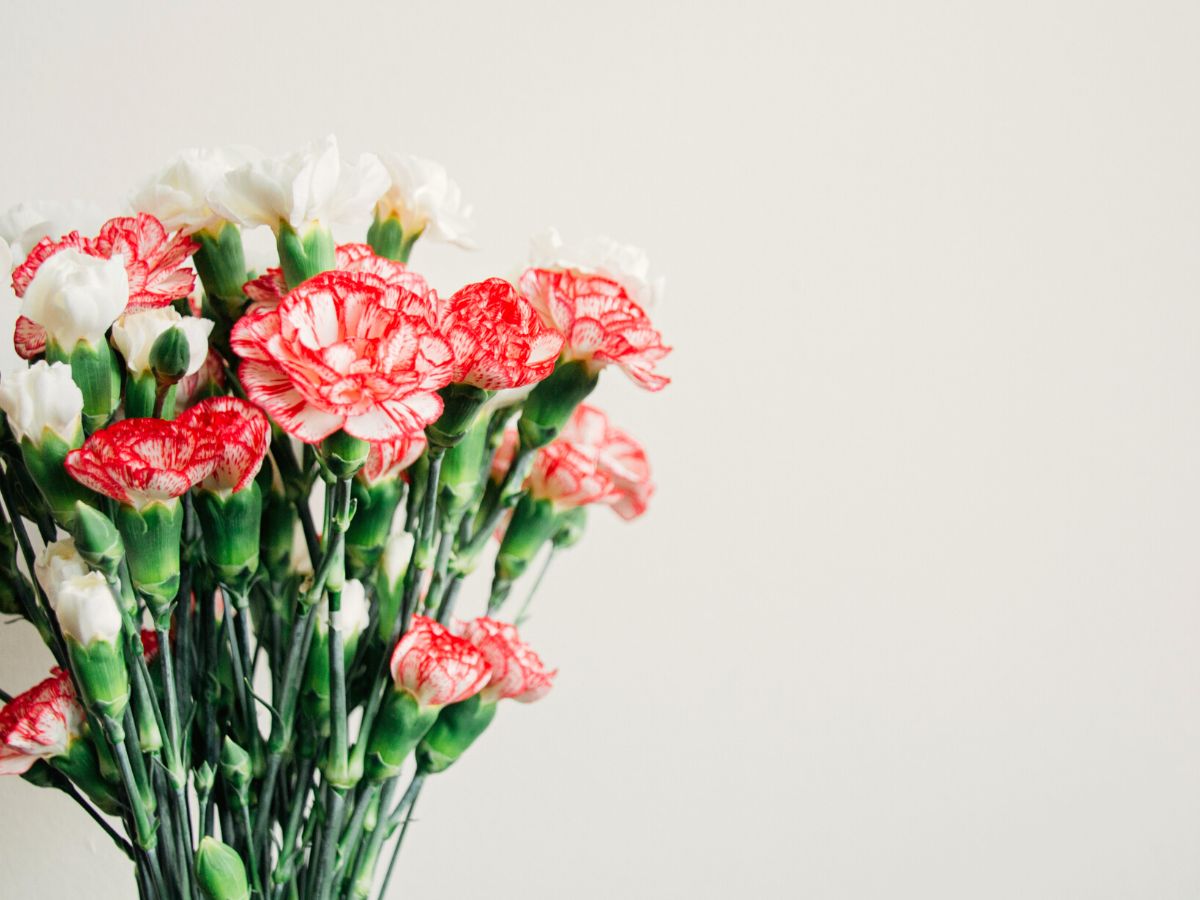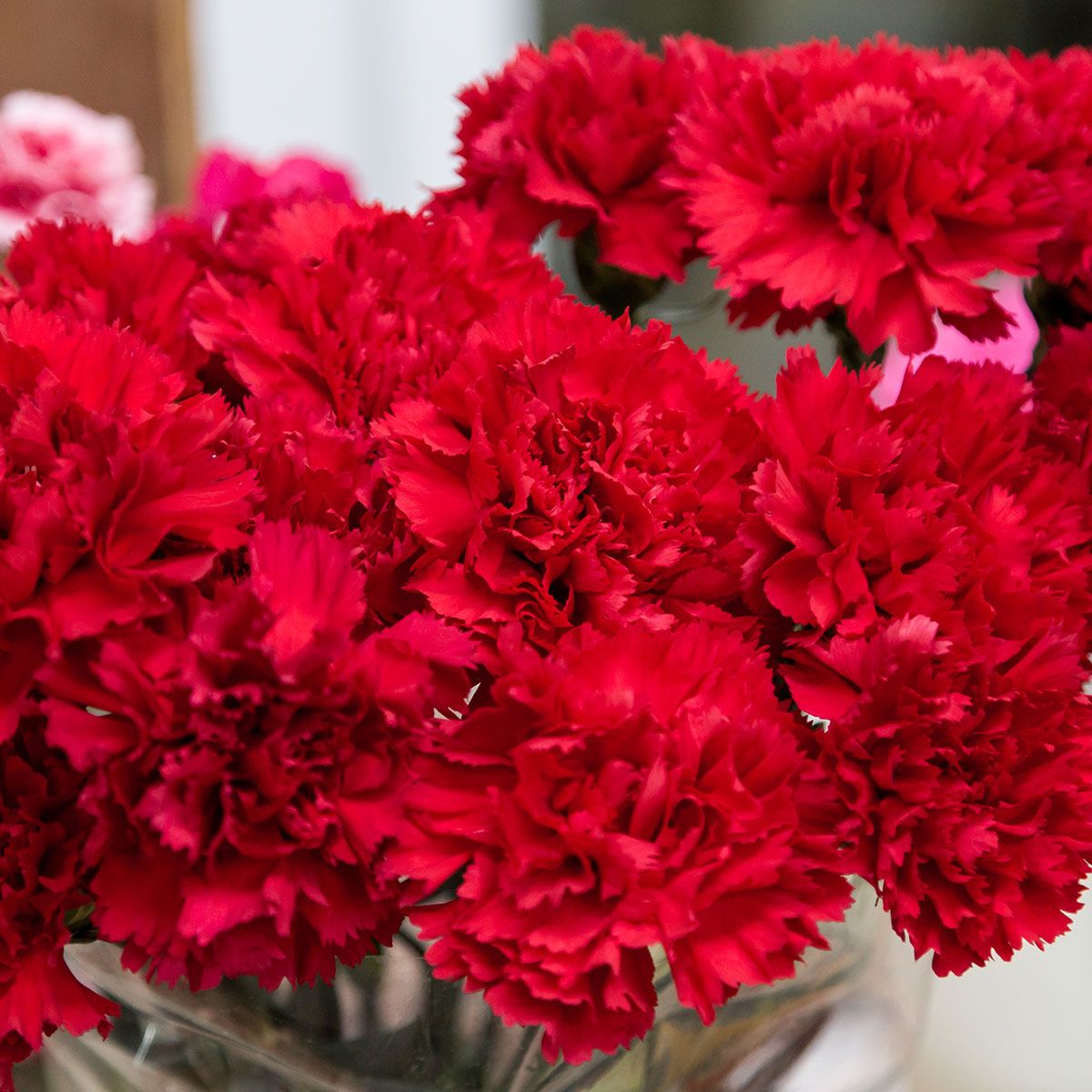The Enduring Charm of the Carnation: A Flower Steeped in History, Symbolism, and Practicality

The carnation, with its ruffled petals and captivating fragrance, is a flower that transcends trends and generations. From ancient Greece to modern-day bouquets, the carnation has maintained its popularity, not just for its beauty but also for its rich history, profound symbolism, and remarkable versatility. This article will delve into the fascinating world of the carnation, exploring its origins, cultural significance, cultivation, varieties, and practical applications, highlighting why this seemingly simple flower continues to capture our hearts.
A Journey Through Time: The History of the Carnation
The carnation’s story begins in the Mediterranean region, where it has been cultivated for over 2,000 years. Its scientific name, Dianthus caryophyllus, reveals much about its origins. Dianthus translates to "flower of the gods" or "divine flower" in Greek, a testament to the flower’s revered status in ancient Greece. Caryophyllus likely refers to the clove-like aroma that some carnation varieties possess.
While the exact origin of the wild carnation remains debated, it is believed to have originated in the region encompassing Greece, Italy, and possibly North Africa. Ancient Greeks and Romans used carnations in garlands, crowns, and perfumes. They were prized for their fragrance and were associated with festivals, celebrations, and religious ceremonies.
The carnation’s journey continued throughout the Middle Ages, where it became a popular choice for religious art, often depicted as a symbol of the Virgin Mary’s love and suffering. Its association with Christianity solidified its place in European culture.
During the Renaissance, the carnation experienced a surge in popularity, appearing frequently in paintings and literature. It became a symbol of love, fidelity, and beauty, often exchanged between lovers as a token of affection. Its popularity continued into the Victorian era, where the language of flowers, known as floriography, assigned specific meanings to different colors of carnations, adding another layer of complexity to their symbolism.
Unraveling the Language of Flowers: Carnation Symbolism
The carnation’s symbolism is as diverse and layered as its history. Its meaning varies depending on the color, context, and cultural interpretation. Here’s a glimpse into the fascinating language of carnations:

Red Carnations: Generally symbolize love, admiration, and deep affection. They are often given to express passionate feelings and are a classic choice for romantic occasions. In some cultures, they can also represent courage and bravery.
-
Pink Carnations: Often associated with gratitude, appreciation, and a mother’s love. They are a popular choice for Mother’s Day and are a thoughtful way to express thanks and admiration. Legend also says that pink carnations sprung from the tears of the Virgin Mary as she witnessed the crucifixion of Jesus, further reinforcing their association with maternal love.
-
White Carnations: Represent purity, innocence, and good luck. They are often used in weddings and other ceremonies to symbolize new beginnings and untainted love. In some cultures, they can also symbolize remembrance and respect.
-
Yellow Carnations: Traditionally associated with disappointment, rejection, and disdain. While this meaning is less prevalent today, it’s important to be mindful of the potential negative connotations, especially when gifting yellow carnations in a formal setting.

-
Purple Carnations: Symbolize capriciousness, unpredictability, and enchantment. They can also represent royalty and admiration.
-
Striped Carnations: Generally symbolize regret and a refusal to accept a situation. They can also convey a message of apology and a desire for forgiveness.

It’s important to remember that the interpretation of these meanings can vary depending on the individual, the culture, and the specific context. However, understanding the general symbolism of carnations can add depth and meaning to your floral arrangements and gifts.
Cultivating Beauty: Growing Carnations
Carnations are relatively easy to grow, making them a popular choice for both novice and experienced gardeners. They can be grown in gardens, containers, or even indoors with proper care. Here are some essential tips for cultivating healthy and vibrant carnations:
-
Sunlight: Carnations thrive in full sun, requiring at least 6 hours of direct sunlight per day. This is crucial for promoting healthy growth and abundant flowering.
-
Soil: They prefer well-draining soil that is rich in organic matter. A slightly alkaline soil pH (around 6.5-7.5) is ideal. Adding compost or other organic amendments to the soil will improve drainage and fertility.
-
Watering: Water carnations regularly, especially during dry periods. Avoid overwatering, as this can lead to root rot. Water at the base of the plant to prevent fungal diseases.
-
Fertilizing: Feed carnations with a balanced fertilizer every 2-3 weeks during the growing season. This will provide them with the necessary nutrients to support healthy growth and flowering.
-
Pinching and Deadheading: Pinching back the stems of young plants will encourage branching and bushier growth. Deadheading spent blooms will promote continuous flowering throughout the season.
-
Pest and Disease Control: Carnations can be susceptible to pests such as aphids and spider mites, as well as fungal diseases like rust and botrytis. Monitor your plants regularly and take appropriate measures to control these problems.
A Kaleidoscope of Colors and Forms: Carnation Varieties
The carnation family boasts a vast array of cultivars, each with its unique characteristics in terms of color, form, and fragrance. Here are some popular types:
-
Standard Carnations: These are the most common type of carnation, characterized by their large, single blooms and long stems. They are widely used in floral arrangements and bouquets.
-
Spray Carnations: Also known as mini-carnations, these varieties produce multiple smaller blooms on each stem. They are often used as filler flowers in bouquets and arrangements.
-
Dwarf Carnations: These compact varieties are ideal for growing in containers and borders. They typically have smaller blooms and shorter stems.
-
Border Carnations: These varieties are known for their hardiness and ability to withstand cooler temperatures. They are often grown in gardens and borders.
Beyond these broad categories, numerous cultivars exist, each with its unique color, petal shape, and fragrance. From the classic red and pink varieties to the more exotic shades of purple, green, and even bi-colored blooms, there’s a carnation to suit every taste and occasion.
Beyond Bouquets: Practical Applications of Carnations
While carnations are primarily valued for their ornamental beauty, they also have some practical applications:
-
Perfumery: The fragrant petals of carnations are sometimes used in the production of perfumes and essential oils. Their sweet, spicy aroma adds a unique note to these products.
-
Culinary Uses: In some cultures, carnation petals are used as a flavoring agent in desserts, teas, and other culinary creations. However, it’s important to note that not all carnations are edible, and some may be treated with pesticides. It’s essential to ensure that the carnations are organic and specifically intended for consumption.
-
Traditional Medicine: Historically, carnations have been used in traditional medicine for their purported medicinal properties. However, scientific evidence supporting these claims is limited.
FAQ: Your Carnation Questions Answered
-
Are carnations toxic to pets? Carnations are generally considered to be non-toxic to cats and dogs. However, ingestion of large quantities may cause mild gastrointestinal upset.
-
How long do cut carnations last? With proper care, cut carnations can last for up to 2-3 weeks. Be sure to trim the stems at an angle, remove any leaves below the waterline, and change the water regularly.
-
Can I change the color of carnations? Yes, you can change the color of white carnations by placing them in water mixed with food coloring. The carnations will absorb the colored water, gradually changing their petal color.
-
What is the best time to plant carnations? The best time to plant carnations is in the spring or fall, when the weather is mild.
-
How do I propagate carnations? Carnations can be propagated by stem cuttings. Take cuttings from healthy plants in the spring or summer and root them in a well-draining potting mix.
Conclusion: A Flower for All Seasons
The carnation, a flower with a rich history, profound symbolism, and practical versatility, continues to captivate our hearts and minds. From its ancient origins to its modern-day applications, the carnation has proven its enduring appeal. Whether used to express love, gratitude, or remembrance, the carnation remains a timeless symbol of beauty and affection. Its ease of cultivation, coupled with its diverse range of colors and forms, makes it a popular choice for gardeners, florists, and flower enthusiasts alike. So, the next time you’re looking for a meaningful and beautiful flower, consider the carnation – a flower that truly speaks volumes. It’s a testament to the fact that sometimes, the simplest things are the most enduringly beautiful.
